Friday, 17/05/2024 | 12:09 GMT+7
In the workshop ‘Management, an energy efficient solution in
industry’ held on May 25, 2010 at the Giang Vo Exhibition and Fair Center
(Hanoi), Vietnamese and Japanese specialists introduced to more than 150
participants a range of energy efficient solutions in industry, the largest
energy consumer in the country that absorbs over 50 percent of national energy consumption
level.

Cement is one of major energy consuming industries
Energy consumption level in local industry is 1.5-1.7 times
higher than in other countries such as
Statistics released at the above-said workshop show heavy
industries (cement, iron and steel, chemical and ceramic industries, etc.),
light industries (consumer good production) and the food industry (frozen and
processed items) have the potential to save more than 20 percent of their
energy consumption level. Some other fields such as civil construction,
transport and communications can save up to 30 percent of energy level
similarly.
There are a number of both objective and subjective reasons
leading to ineffective use of energy. However, blames must be put on
less-than-modern technologies, obsolete equipment with low energy efficiency, a
relatively high loss rate in power transmission, and most importantly the poor
sense for energy conservation among the community.
The participants in the workshop assumed that a lot of
solutions can be applied to raise energy efficiency in industry; among them
energy management emerges as one of the best solutions as with good management
the solutions once were applied could bring optimal effects. The energy would
then be saved effectively to spur production and business.
Also in the workshop, the Energy Efficiency Office under the
Ministry of Industry and Trade conferred awards on the winners of a competition
on energy efficient labels design. The big competition has attracted 240
authors with 600 products vying for awards.
Addressing the workshop, deputy head of the Science and Technology Department and deputy chief of office at the Energy Efficiency Office (Ministry of Industry and Trade), Phuong Hoang Kim said after the Law on Energy Efficiency and Conservation is approved by the National Assembly, energy efficient labels will become a vehicle to aid the management of energy consuming products in the market and boost sales of energy efficient products, in the meantime promote the use of energy efficient products among local consumers.
By Huyen Anh
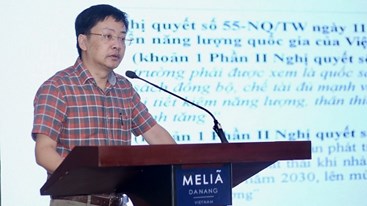

.png?w=367&h=206&mode=crop)
.jpg?w=367&h=206&mode=crop)
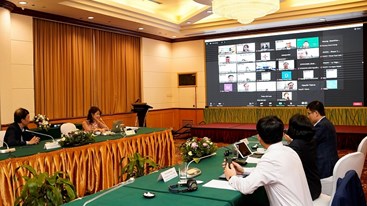
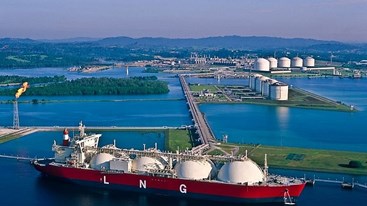
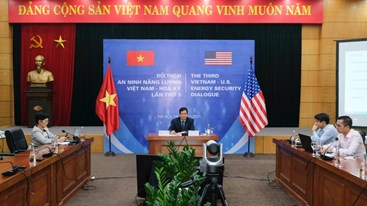
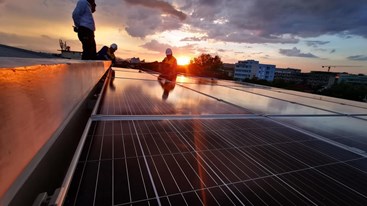
.jpg?w=367&h=206&mode=crop) Energy efficiency and conservation usage is an important aspect of the national energy development strategy
05/03/2024
Energy efficiency and conservation usage is an important aspect of the national energy development strategy
05/03/2024
 Challenges and Opportunities to promote energy efficiency market in Vietnam
Challenges and Opportunities to promote energy efficiency market in Vietnam
 The Ministry of Industry and Trade requests government agencies to coordinate in organizing Earth Hour 2024
The Ministry of Industry and Trade requests government agencies to coordinate in organizing Earth Hour 2024
 Consultation on Energy Efficiency Boiler Catalogue and Wood Drying Guideline
Consultation on Energy Efficiency Boiler Catalogue and Wood Drying Guideline
.png?w=367&h=206&mode=crop) Request for expression of interest - C2.1.13: Capacity Building on energy efficiency policies development
Request for expression of interest - C2.1.13: Capacity Building on energy efficiency policies development
 Son Ha Co., Ltd, applies energy efficiency and conservation measures
Son Ha Co., Ltd, applies energy efficiency and conservation measures
 Phuc Kien Co., Ltd., is effectively implementing energy-saving measures
Phuc Kien Co., Ltd., is effectively implementing energy-saving measures
 Request for expression of interest - C2.1.12: Independent monitoring of safeguards implementation
Request for expression of interest - C2.1.12: Independent monitoring of safeguards implementation